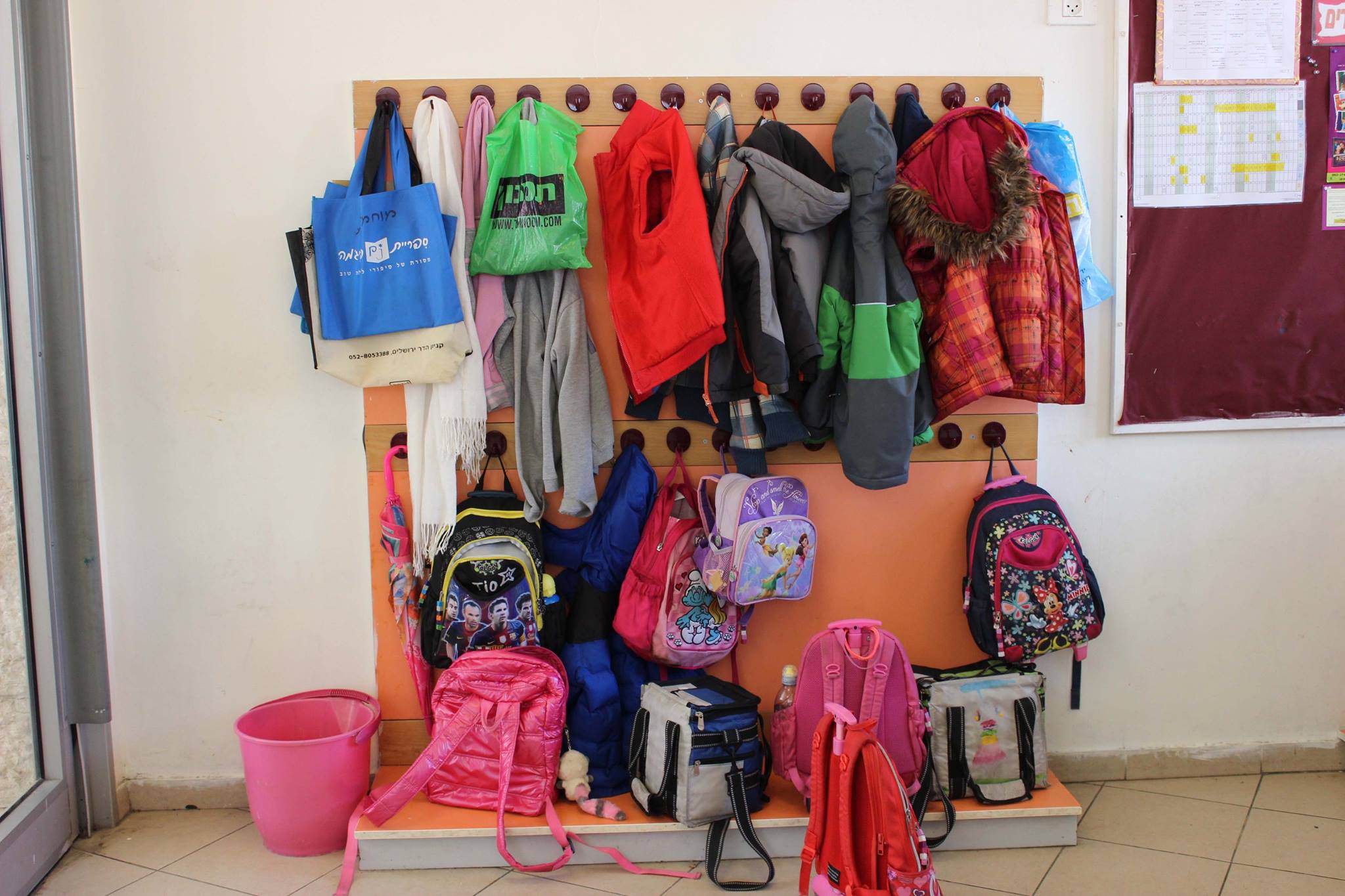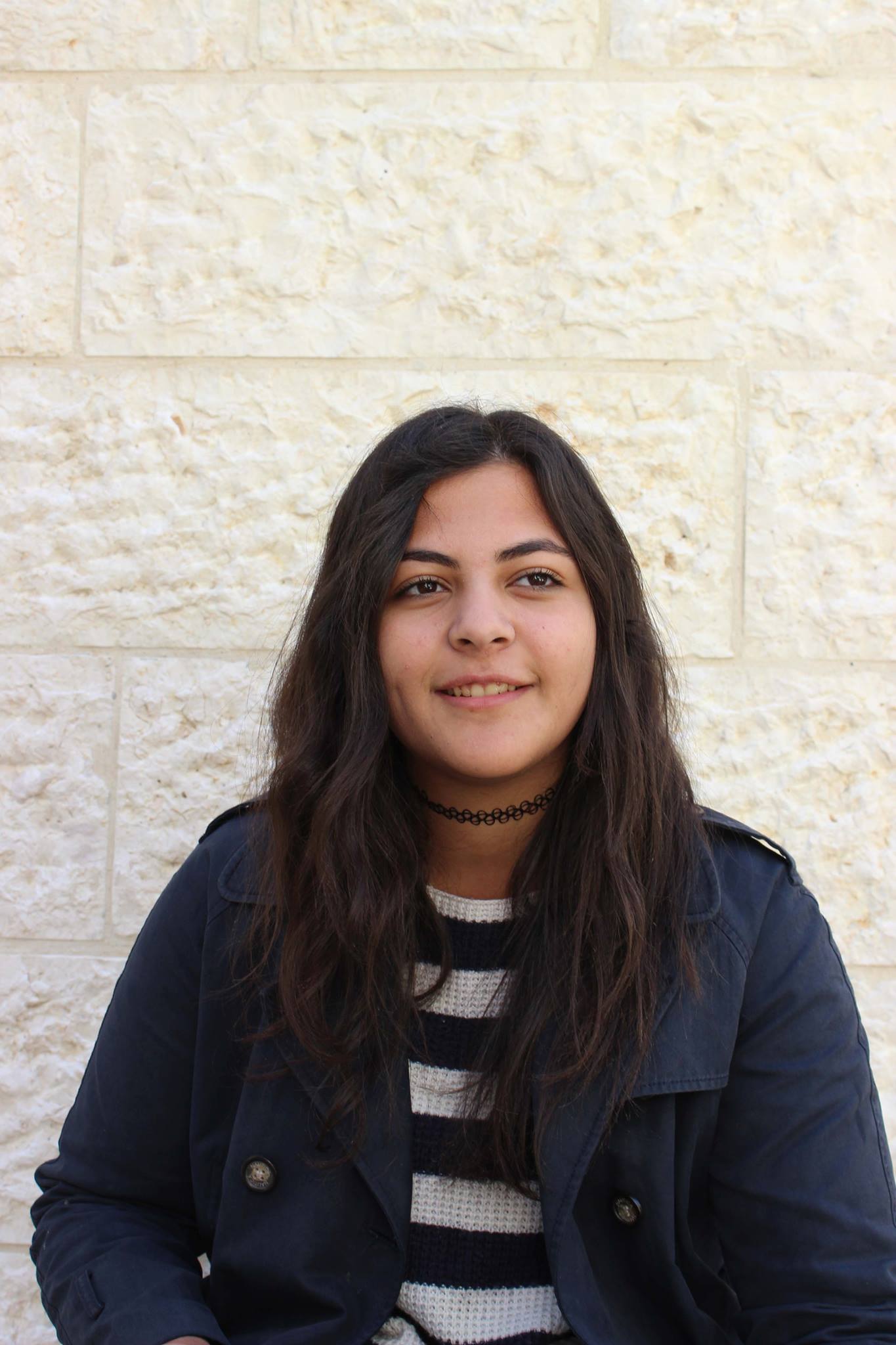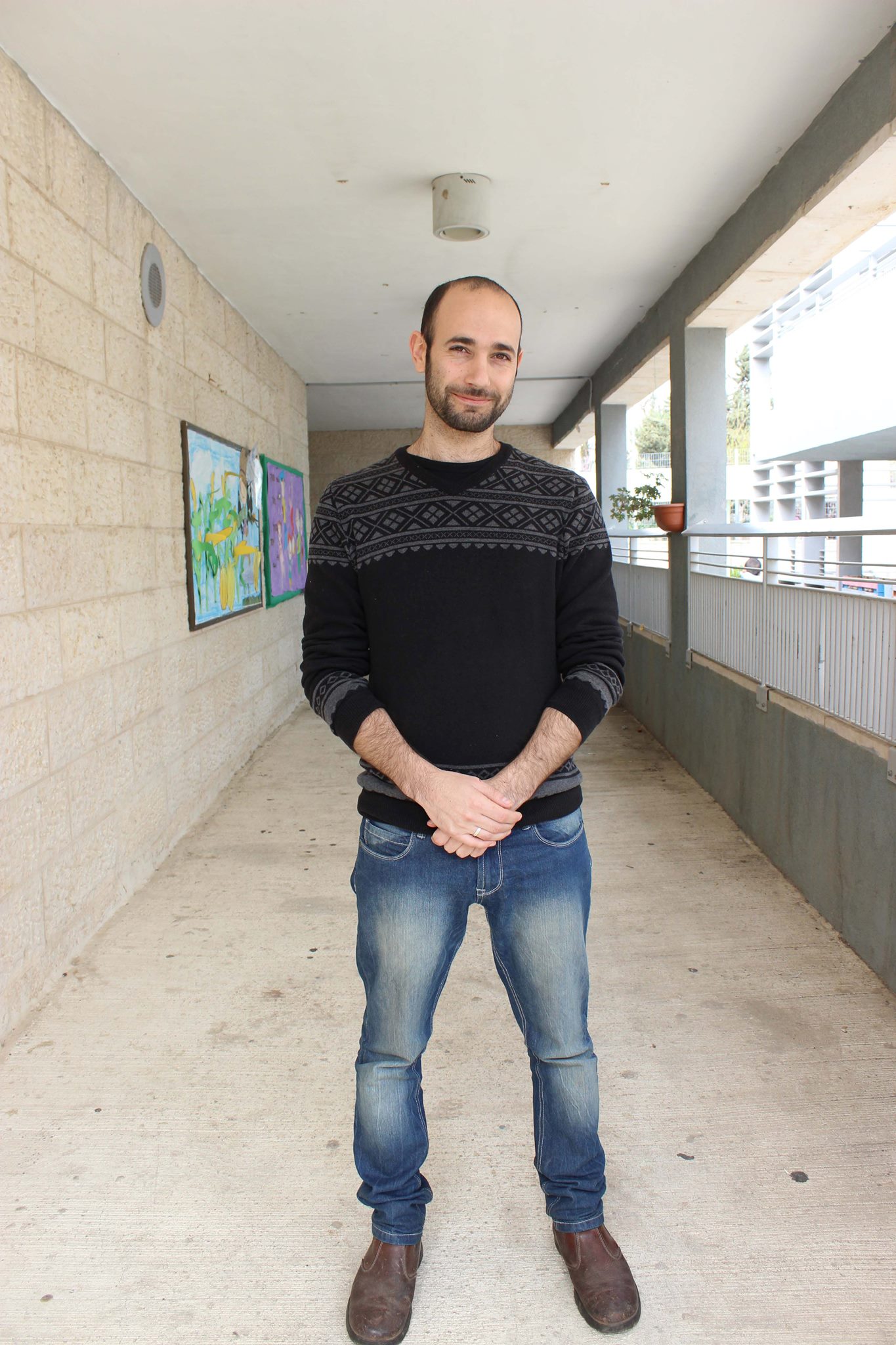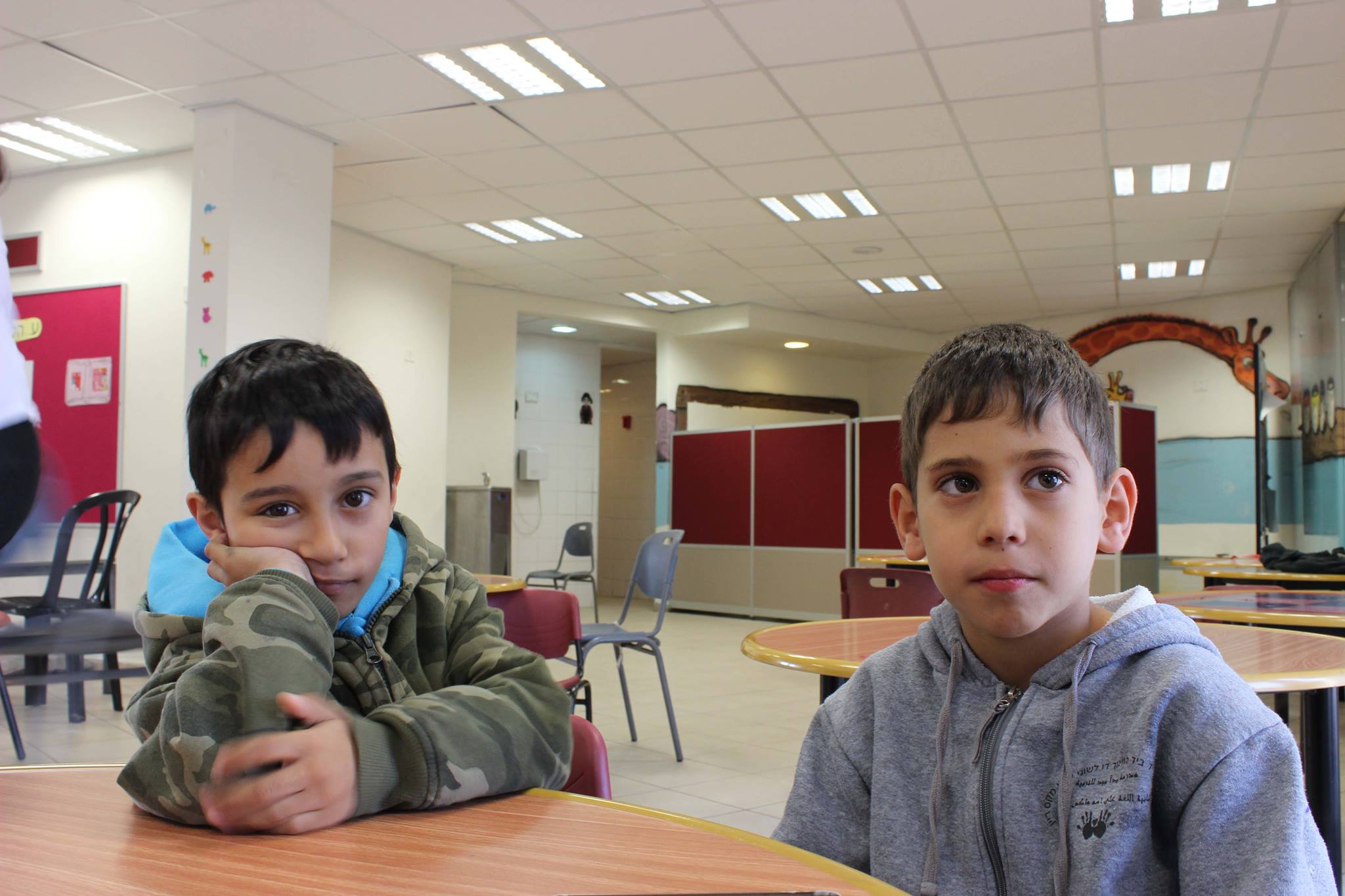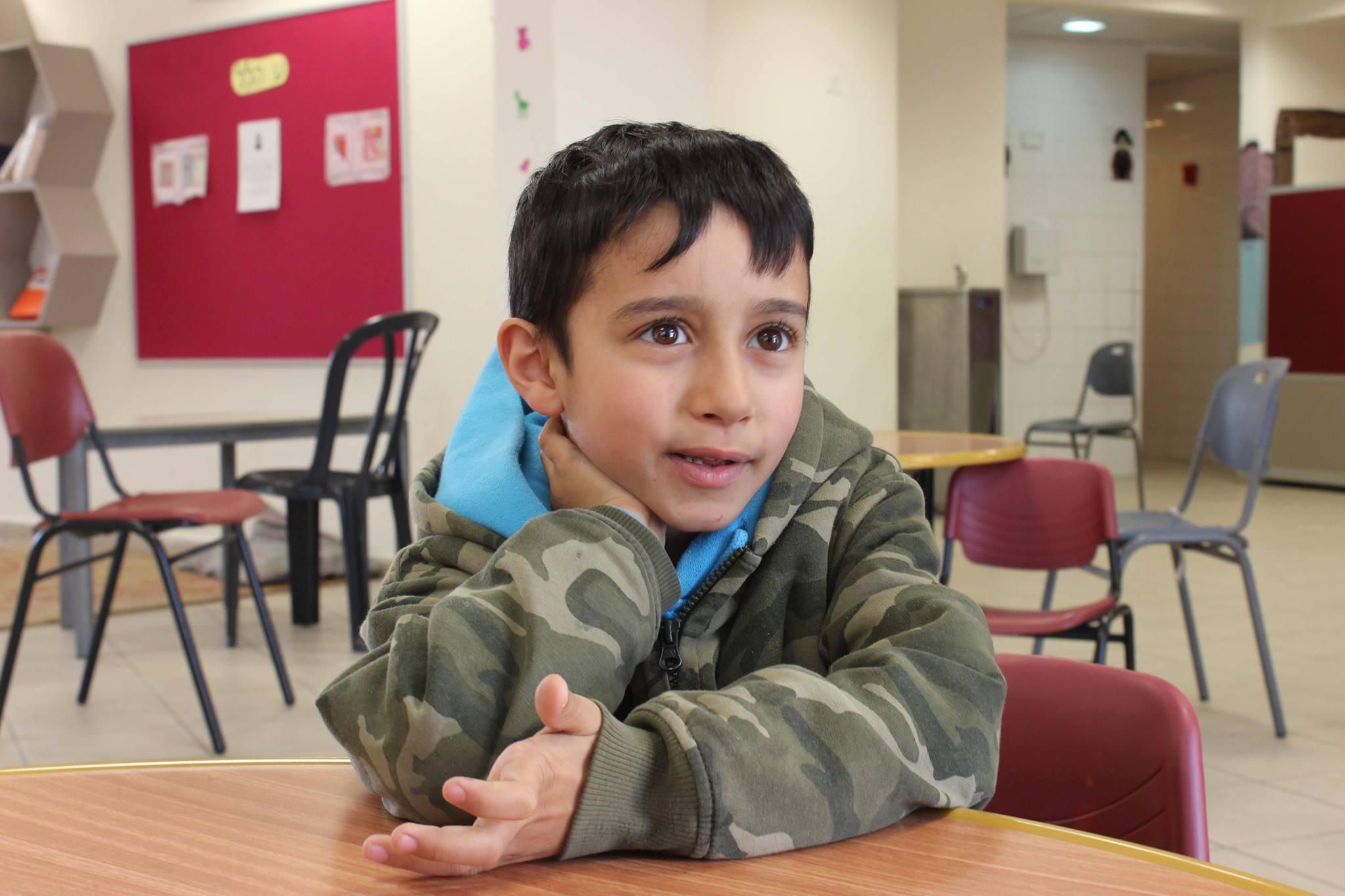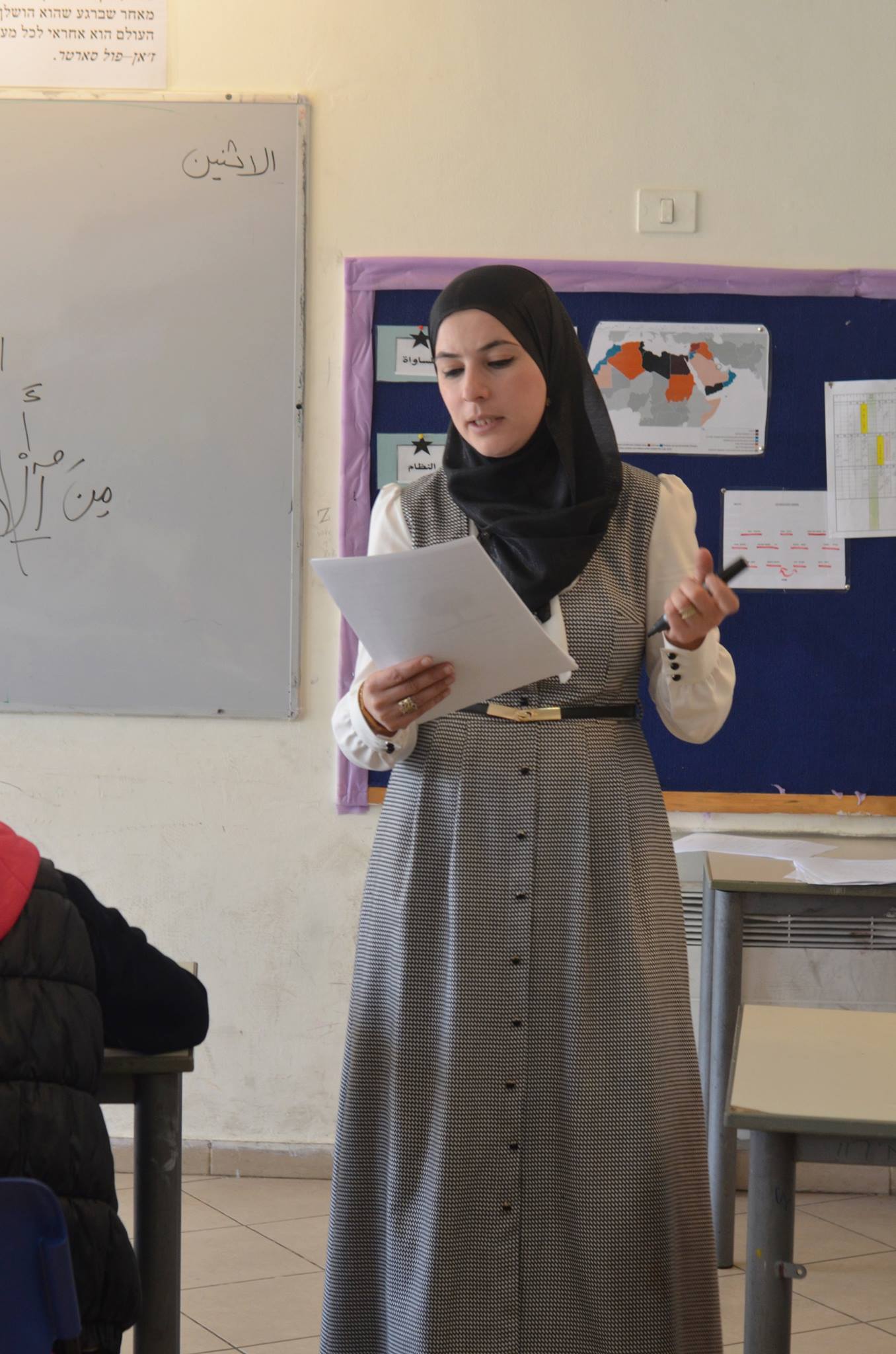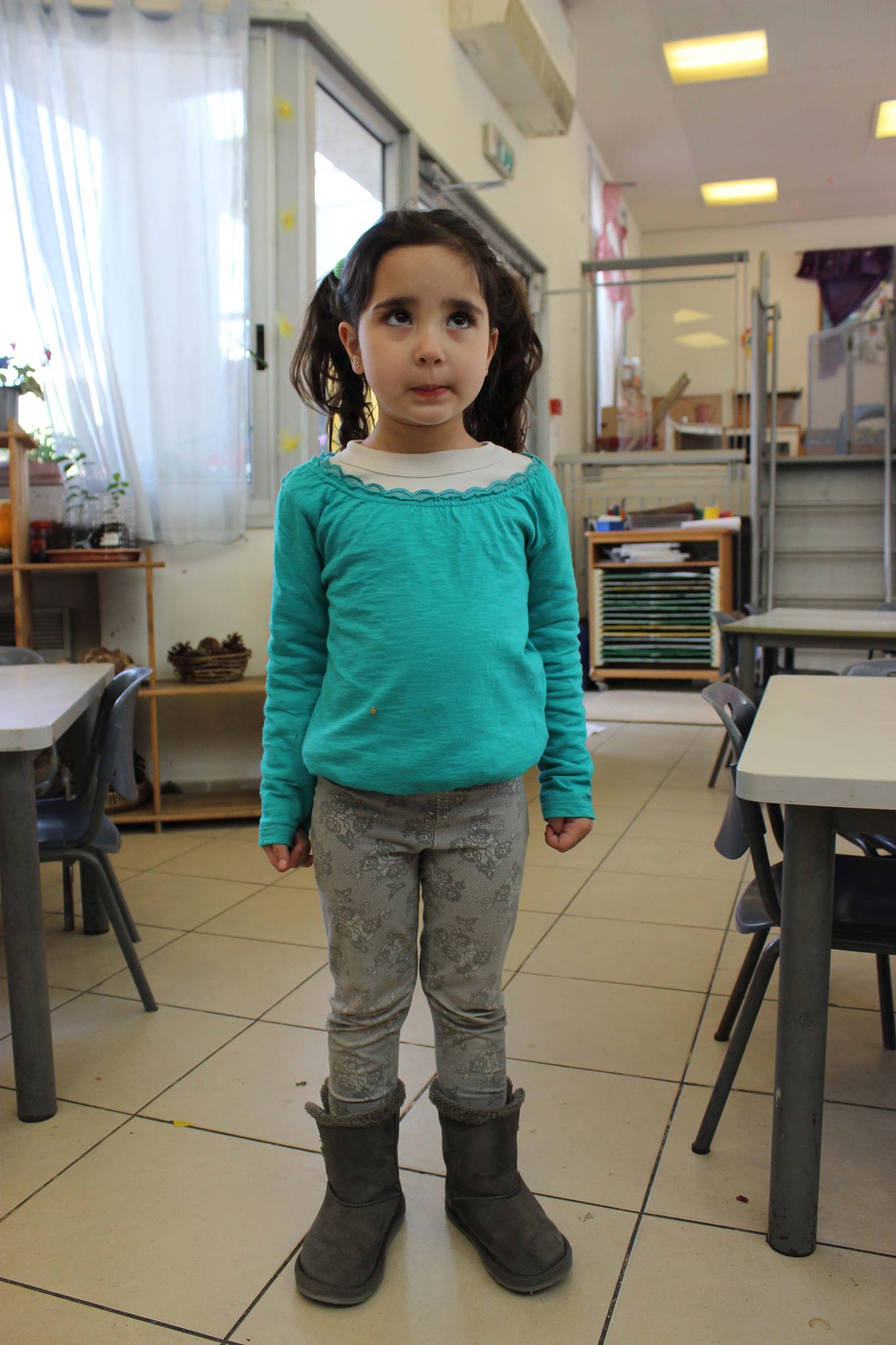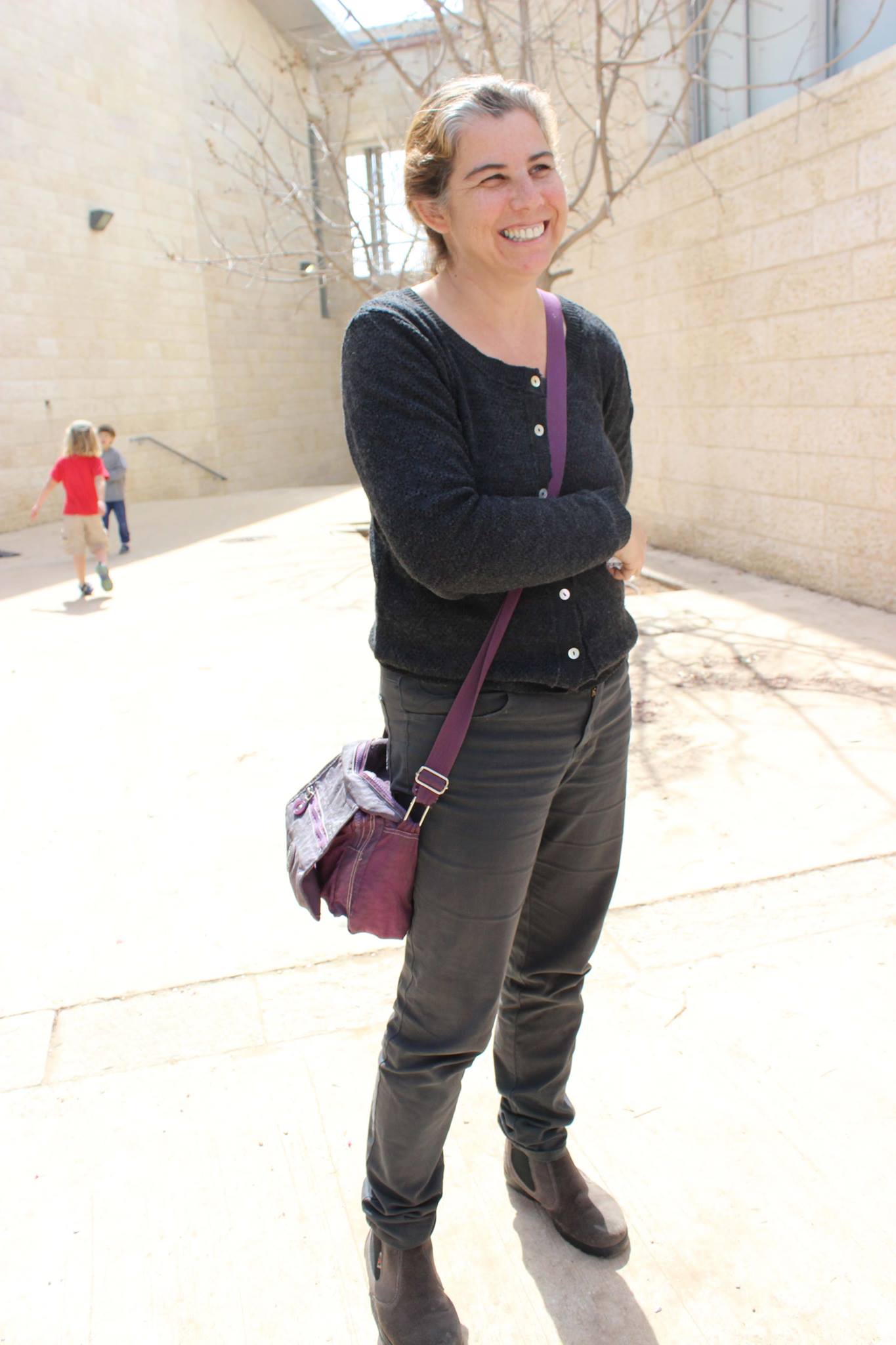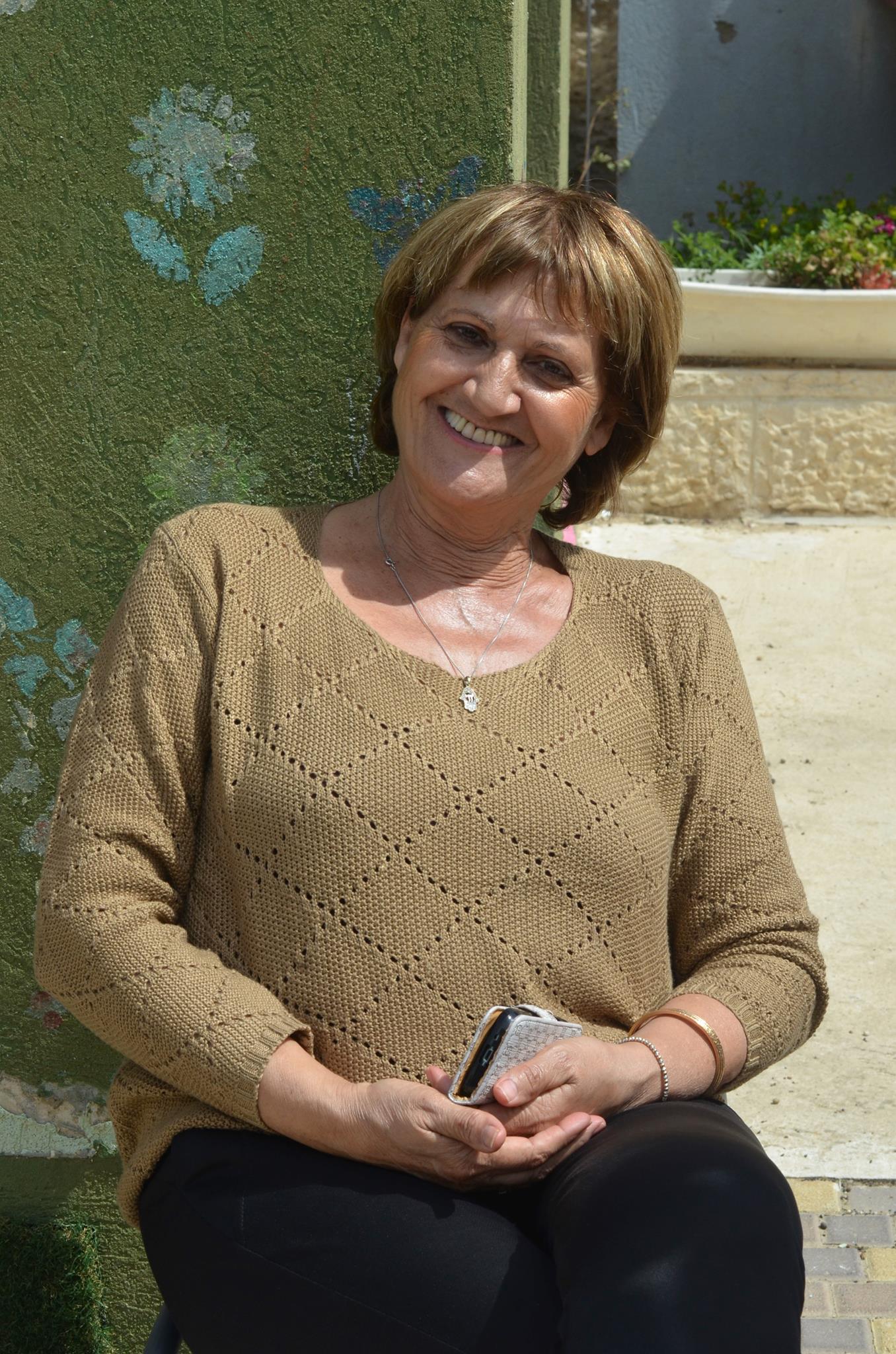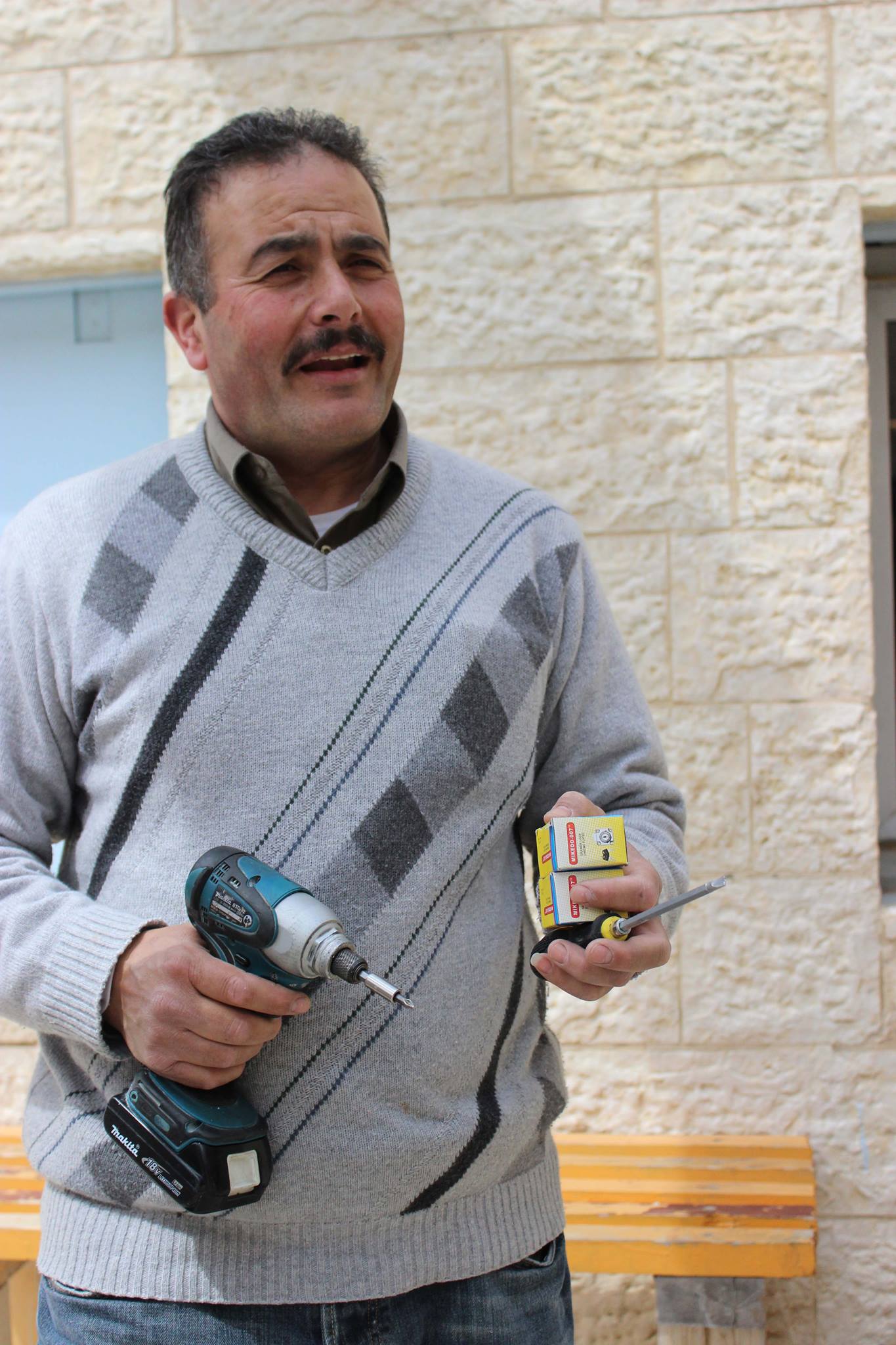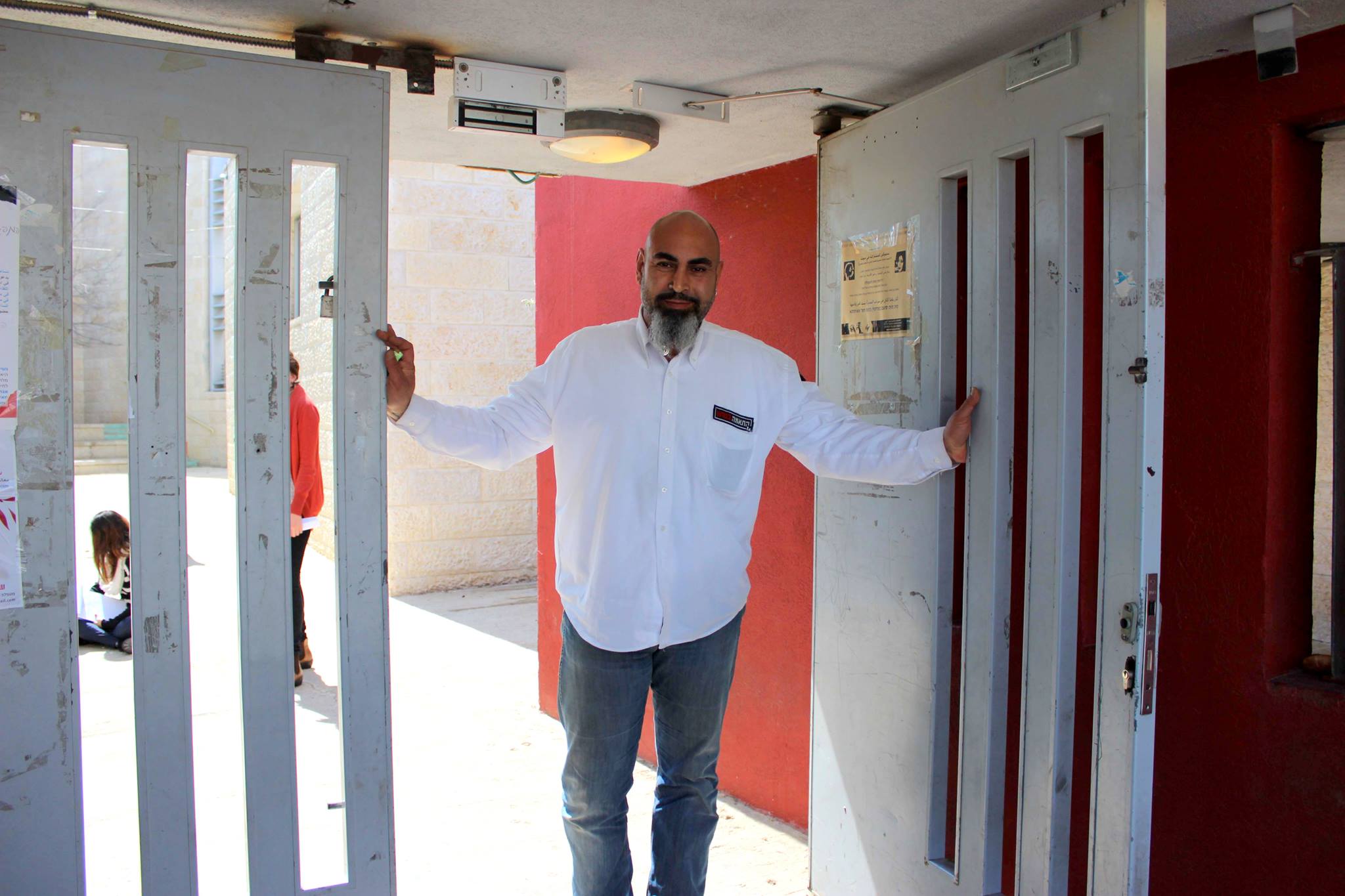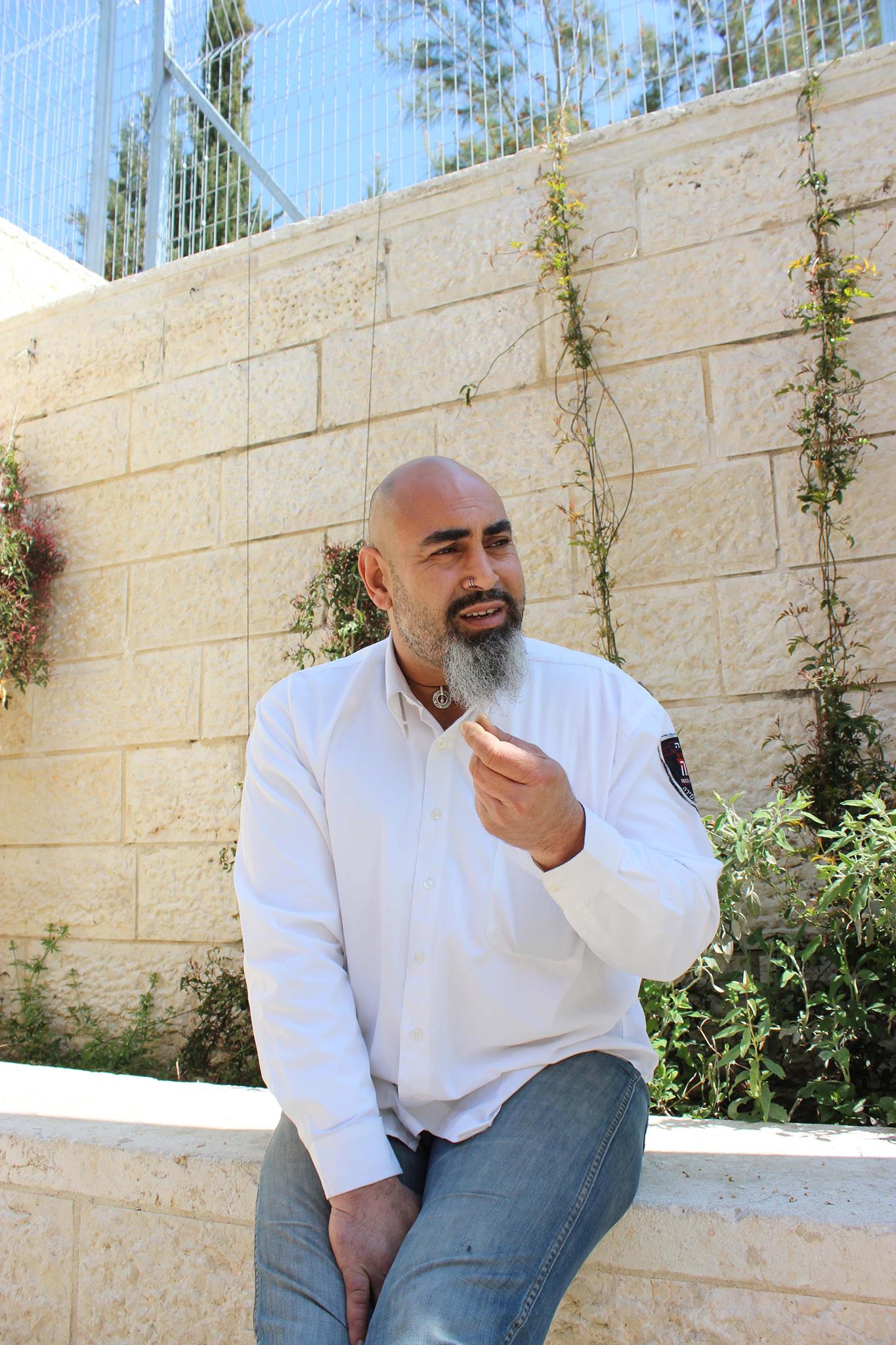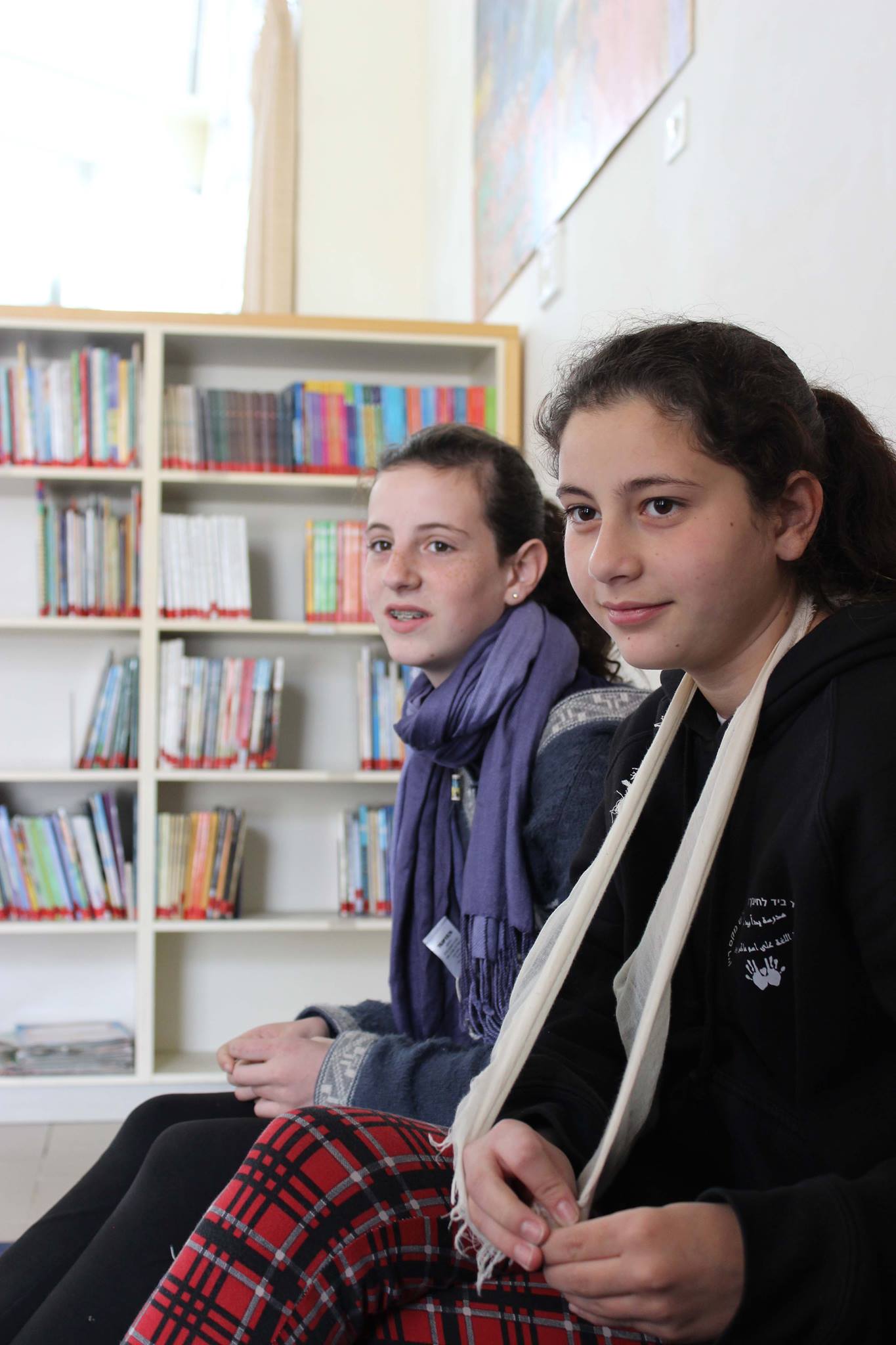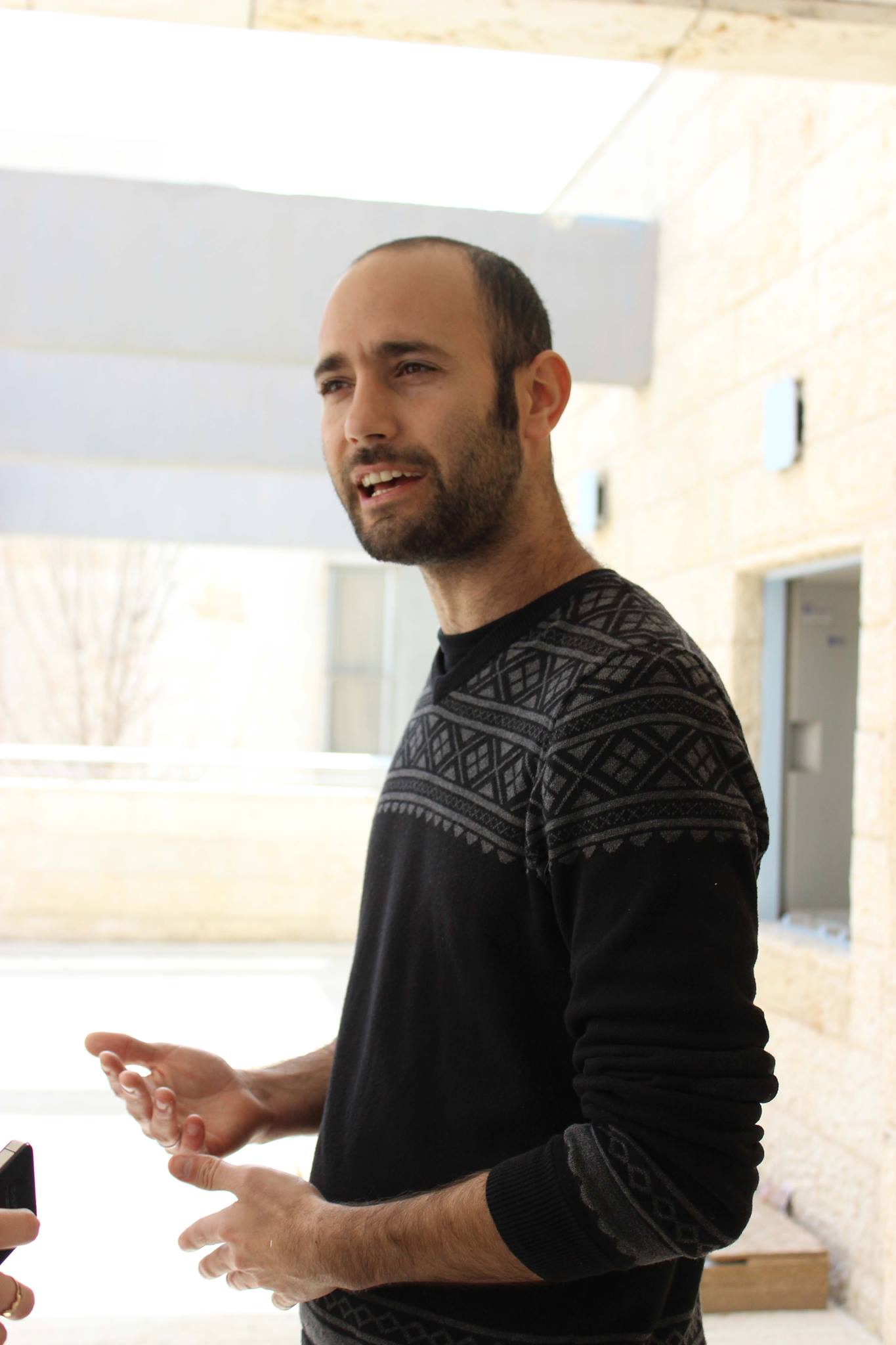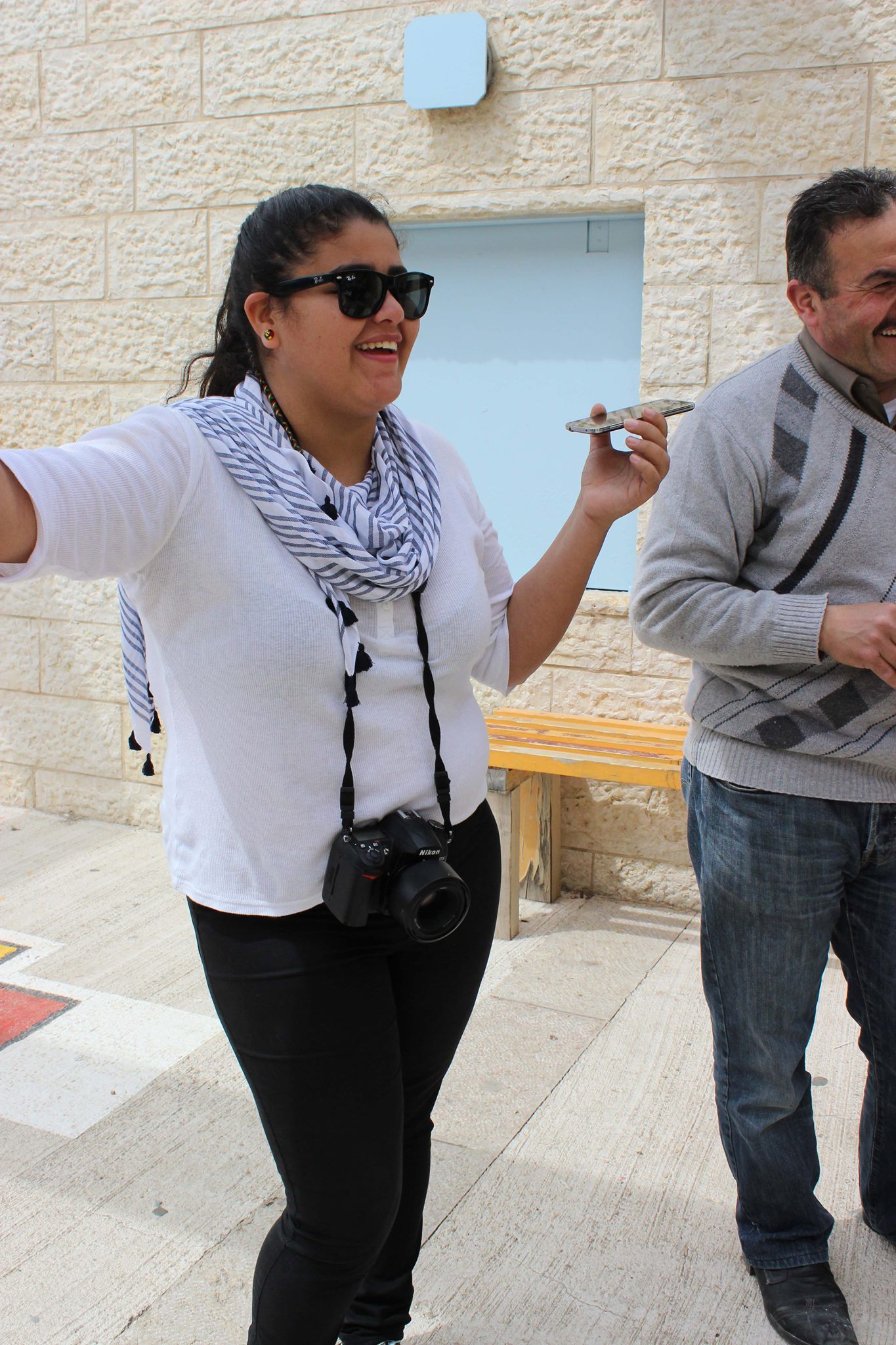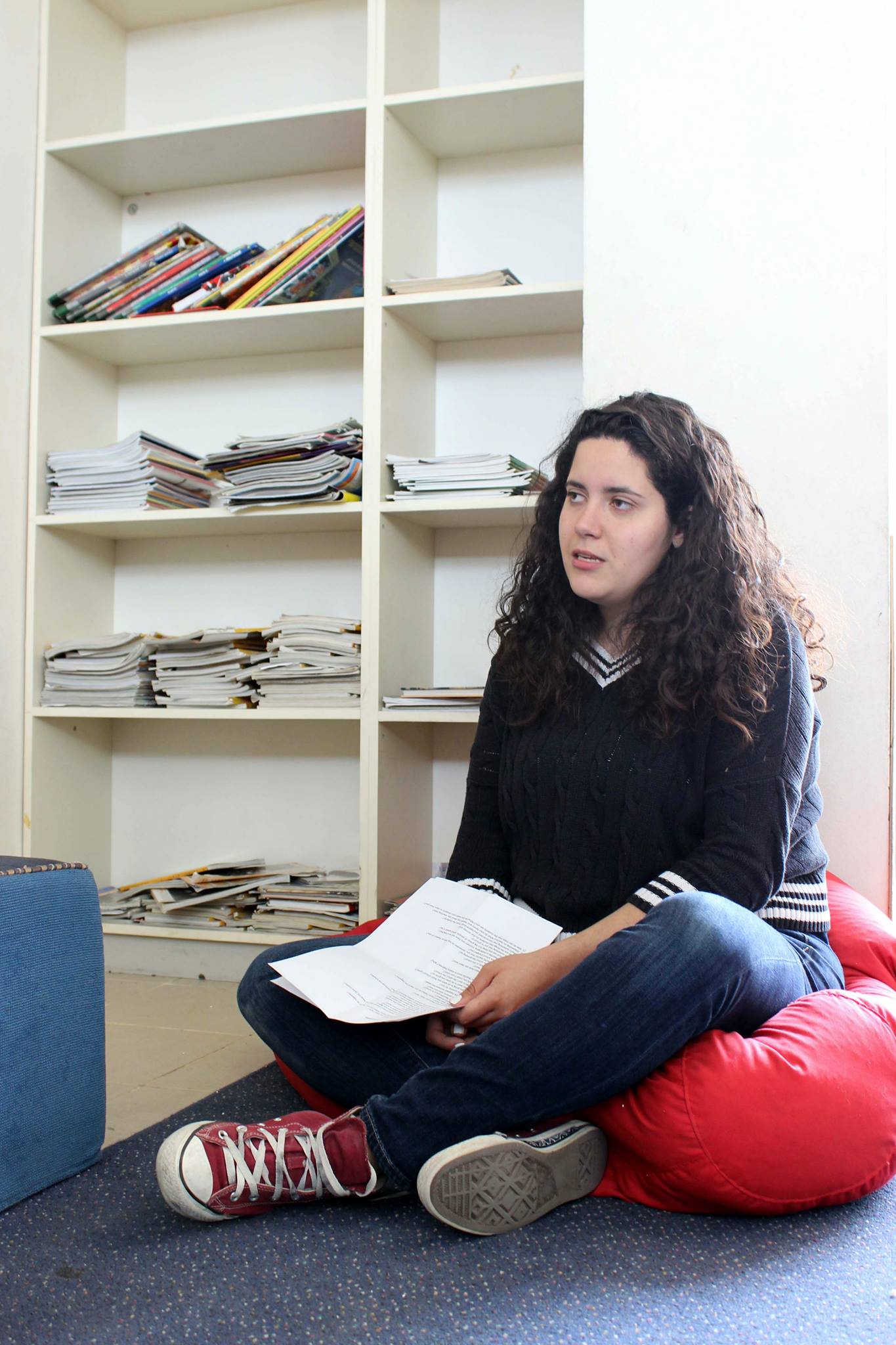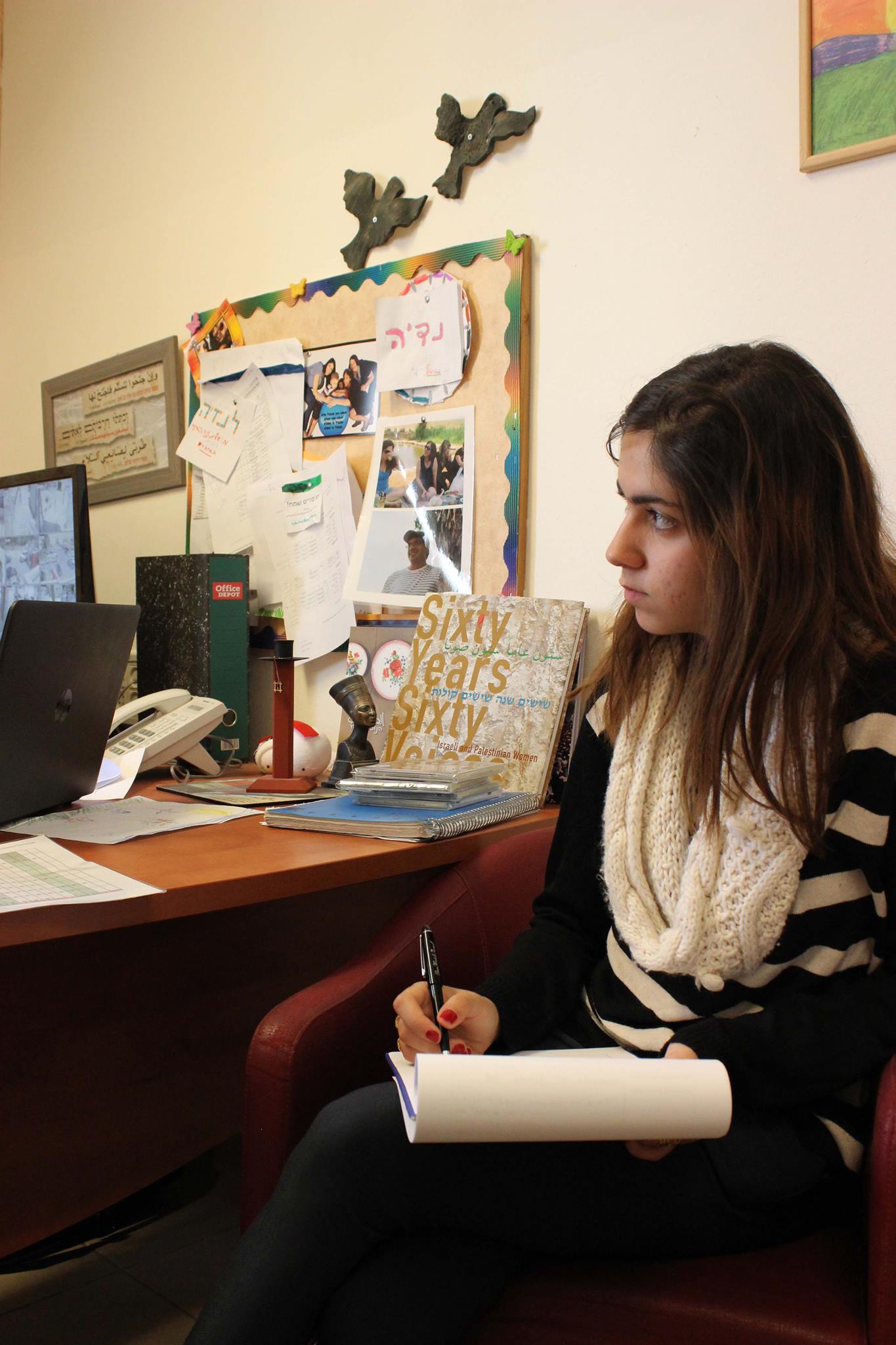April 21, 2015
It is Israeli Memorial Day. Flags have appeared everywhere seemingly overnight. The music on the radio has shifted to a slow and somber mood. You hear it the moment you step onto the bus where the bus driver nods to you with an air of equal solemnity.
At 8pm, we were driving. A siren sounded, and 5 women with roots in America and various connections to this place got out of the car. We stood on the side of the road in silence and camaraderie. The seconds passed. We got back in the car; we kept driving.
Everyone has lost someone here due to the conflict(s) and wars. Whether it is a young soldier who died this summer, November 2012, Lebanon, Sinai, Yom Kippur, or a friend or family member who was blown up on a bus, in a restaurant, on a street corner. Someone stabbed or attacked randomly. Everyone here has someone. Today the national trauma is worn on the sleeves of every Jewish Israeli.
Israel recognizes 116 soldiers and civilians who died this year.
They're not alone in mourning. 2,314 Palestinians died in Gaza this summer, and 58 in the West Bank this year. This is not including the thousands injured, displaced, or imprisoned. The UN released a report that said the Palestinian death toll in 2014 was the highest ever since 1967. You can read the report here.
Tonight, to commemorate these lives, we attended an alternative memorial ceremony hosted by the Combatants for Peace and the Bereaved Family Forum. The event is unique. It was the 10th year that they brought together Palestinians and Jews to share different stories of loss and to call for an end to the cycle of violence. We heard from a Palestinian woman who's father was shot and killed randomly by a settler. We heard from an Israeli who's brother committed suicide while serving in the army. We heard from a Palestinian man who's 10 year old daughter was shot by a soldier outside her school. And an Israeli mother shared her story of losing her son while he served in Lebanon. It was moving to sit in this hall, filled with people who also chose to memorialize this day differently.
I told a young Israeli whom I know that I was going to this ceremony. She is self-proclaimed to be the most rational, secular person. She was raised in Jerusalem by an American mother who immigrated to Israel and works with an organization fostering relations between Palestinian and Israeli kids in Jerusalem. And yet. She told me that this day, this one day is too much to bear to also include dialogue. Today is a memorial for her friends; it's overwhelming enough as it is, she can't hold onto both stories at the same time. I hadn't thought of that until she shared it with me.
She is going to Mount Herzl for the ceremony that takes place at the military cemetery. She told me that every year, she sees more friends standing there, mourning someone that they lost. And each year, they get younger. It never ends, she said. It just continues, the cemetery keeps growing.
It is for that reason that I believe that alternative events like tonight are essential: to create a place to lay all grief on the table, to be vulnerable and remember together. To find humanness in each other, even in our worst moments. This is the only way to stop the graves from multiplying each year. To prevent the pain held by those left standing, to bring an end to the never-ending list of names that echo when the siren sounds.
